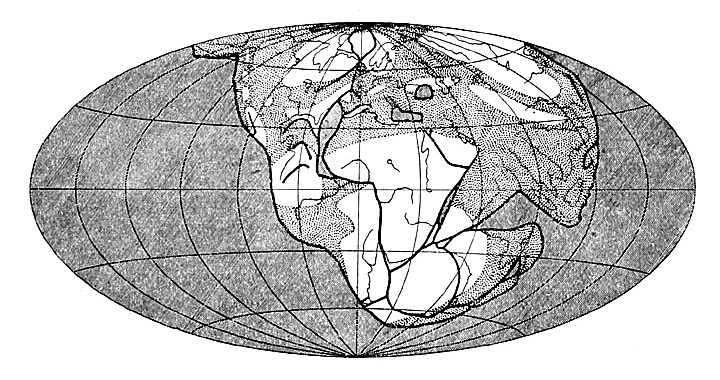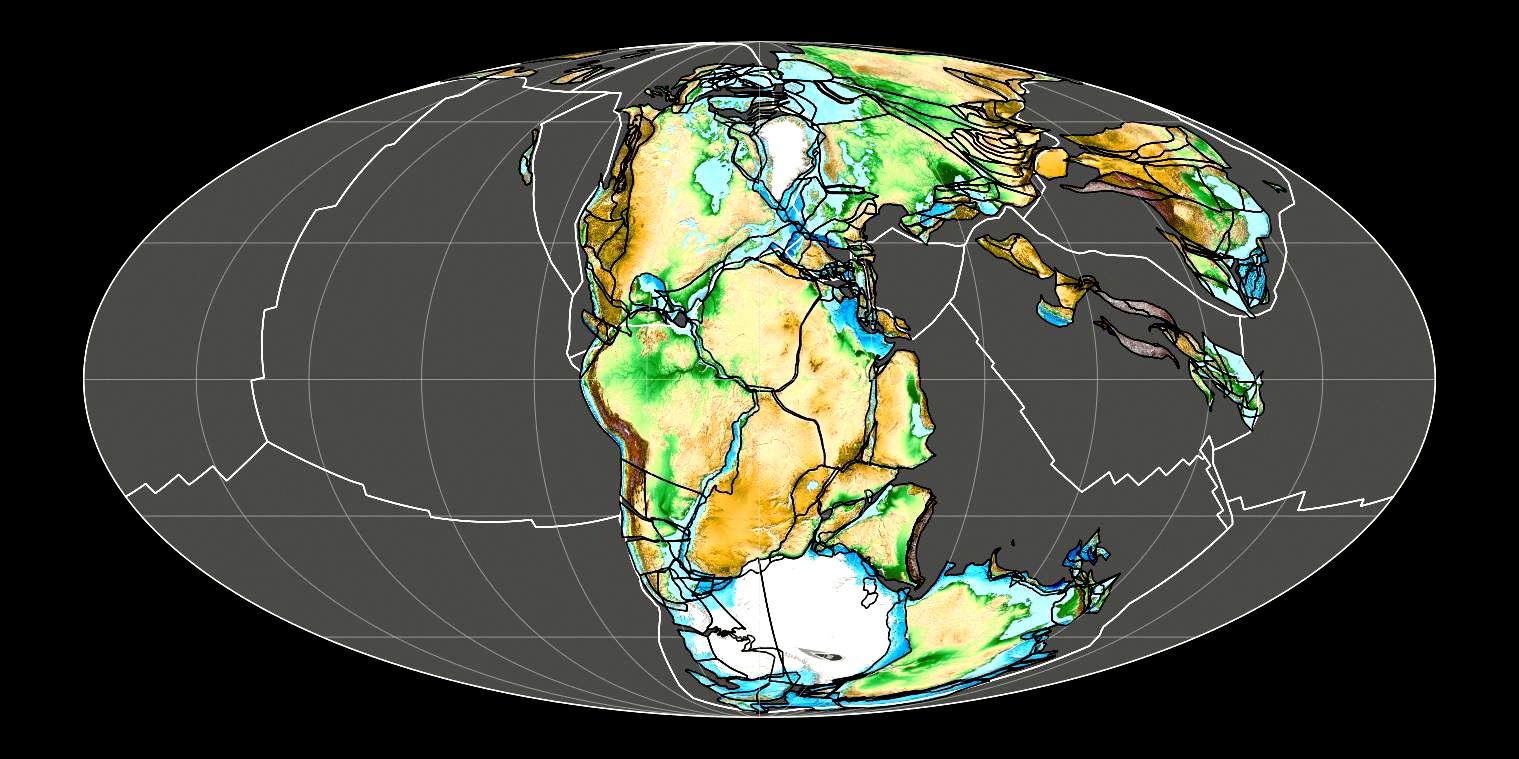Wegener, Drifting Continents, & Dogma
Alfred Wegener, 1910 (credit: Wikipedia)
Paradigm shifts in scientific thinking can be made by anyone with a deep curiosity, the patience, and careful record-keeping that connects-the-dots that others don't see. Many "outsider" scientists were criticized, ignored, or considered heretical by the conventional wisdom of their day. Examples include Marie Curie, a chemist who investigated the application of X-rays for medical diagnosis; Charles Darwin, a geologist who made biological observations of small changes in birds beaks that would prove evolution by natural selection; or Gregor Mendel, a monk, who measured the ratios of inherited features of peas that became the science of genetics. A polar explorer, Alfred Wegener, would change the understanding of geology by his discovery of plate tectonics or continental drift.
Wegener spent much of his life exploring the Arctic around Greenland where he observed ice flows, calving glaciers, and ice-packs melt and reform, and then floating on the polar seas like a big jigsaw puzzle pieces. In 1915 he completed his publication, The Origin of Continents and Oceans, to reestablish the connection between geophysics, geology, and geography which had become separate disciplines. Using similar fossils found on different continents, Wegener presented his theory that there had once existed a primordial. super-continent which he called Pangaea from the Greeks. He proposed that Pangaea came apart and the pieces floated off to form the continents seen today.


Wegener's 1926 Pangaea map and Pangaea break-up 200MYrsBP, map 2016 (credit: Wiki-commons)
Wegener was widely ridiculed for his drifting continents thesis. Nearly 50 years were required until paleomagnetism was discovered and rocks from the continent could be tested and his theory proved correct. The facts are now known as plate tectonics. In 1915, Wegener made one of the most important discoveries of the forces that controlled geological and biological science. His was one of the earliest 'big picture' analyses of how Earth processes actually work. A clever animation by the New York Times and the Howard Hughes Medical Institute in their series, Op-Docs, presents Wegener's story, continental drift, and the break-up of Pangaea.
Op-Docs, an Animated Life, Pangaea (credit: NYT's & HHMI)
Other ground-breaking scientific discoveries will be made by insightful individuals and collaborative teams. The discoveries of Mendel, Darwin, Curie, and Wegener illustrate what can happen with a paradigm shift that overturns a previous scientific dogma. WHB